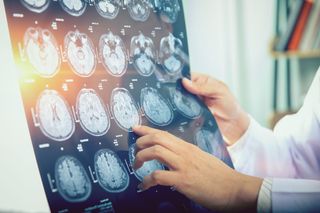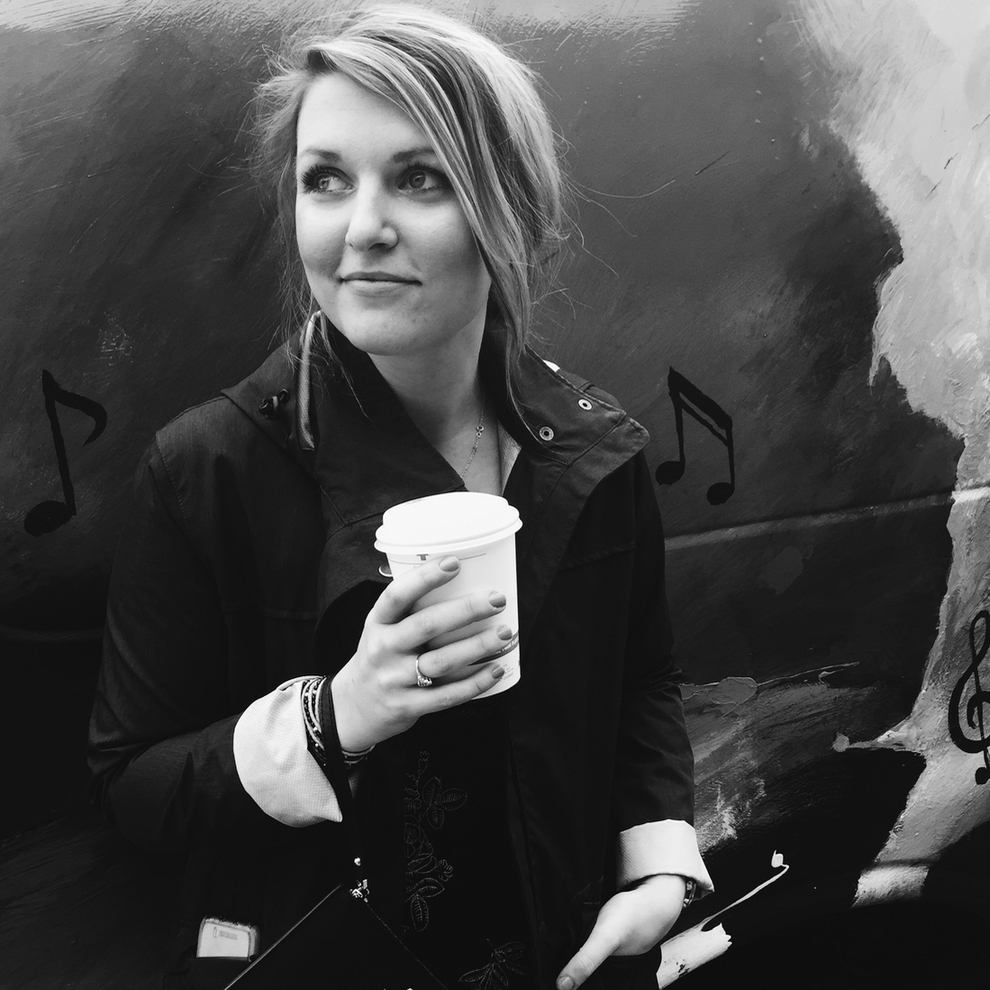Over 100 brain tumors linked to NJ high school: Is it a cancer cluster?
How will officials determine if a true cancer cluster exists?

More than 100 graduates of a New Jersey high school have been diagnosed with brain tumors over the past 30 years, prompting concern that there might be a connection between the school and the tumor cases.
Now, an investigation is underway to determine if the school — Colonia High School in Woodbridge, New Jersey — is linked with a cancer cluster. But how will officials figure out if a true cancer cluster exists or if the cases are simply a coincidence?
Colonia graduate Al Lupiano, an environmental scientist, was the first to sound the alarm about the potential cluster. In 1999, at age 27, he was diagnosed with a large, benign brain tumor called an acoustic neuroma. His condition was rare, but he was successfully treated. But in 2021, his wife and sister, also graduates of Colonia, were both diagnosed with rare brain tumors, according to NJ Spotlight News. His wife was diagnosed with an acoustic neuroma, and his sister was diagnosed with glioblastoma, an aggressive brain cancer. That's when Lupiano started looking into the connection.
Initially, he found 15 people who attended the high school and were diagnosed with a primary brain tumor, meaning a tumor that originates in the brain, according to NBC Today. And in March 2022, a few weeks after his sister's death due to her malignant tumor, Lupiano posted his findings to Facebook in search of more patients. Since the initial post, Lupiano has published a list of 115 people who attended or worked at Colonia and were diagnosed with a primary brain tumor, according to news reports.
Related: The 10 deadliest cancers, and why there's no cure
The City of Woodbridge has hired experts to conduct radiation tests inside school buildings and on school grounds, according to NJ Spotlight News. (Exposure to certain types of radiation can increase the risk of cancer, according to the National Cancer Institute.) If no link is found with the high school specifically, Woodbridge Mayor John McCormac, said other potential points of connection in the township will be explored, according to NBC Today.
"It needs to be investigated, no questions asked," said Elizabeth A. Platz, a professor of epidemiology at the Johns Hopkins Bloomberg School of Public Health and Sidney Kimmel Comprehensive Cancer Center. But just because there is an investigation does not necessarily mean there's a cancer cluster, Platz told Live Science.
Sign up for the Live Science daily newsletter now
Get the world’s most fascinating discoveries delivered straight to your inbox.
According to the National Cancer Institute, "cases of cancer can appear to cluster even when there is no connection among them." A 2012 study in the journal Critical Reviews in Toxicology demonstrates how tricky it can be to confirm a cancer cluster. The review article looked at 567 cancer cluster investigations over 20 years. Only 72 of the suspected cancer clusters were confirmed to have an increased incidence of cancer within the cluster. Just three of these clusters were linked to a possible exposure, and only one had a clear cause.
It may be that once someone is diagnosed with cancer, they are more likely to take note of other cancer diagnoses or more likely to have conversations about cancer and realize their connections to other cancer patients, Platz said. It can seem connected, when in reality, cancer is quite common and people are simply noticing this fact.
To confirm a true cancer cluster, epidemiologists must establish that there's a greater number of cancer cases than would be expected in a given population, based on their specific characteristics such as age, sex and geography, at a given time, Platz said. In other words, they will need to prove by statistical analysis that more Colonia staff and graduates developed brain cancer than people with their same characteristics (age, sex, location) over the same time. Working that out takes time, Platz said.
The investigation will consider very granular data on graduates, like their occupations, family history and other activities that could affect their exposures. Notably, brain cancer is rarer than other cancers. And we don't have the same major risk factors for brain cancer as we do for common cancer types, Platz said. (For example, smoking increases a person's risk of lung cancer.)
Public health experts will look at the rate of brain cancer cases and investigate potential causes. Without analyzing the data herself, Platz said she’s not able to estimate how many of the 15,000 people who have gone through Colonia High in the past 30 years would need to have developed cancer for it to be considered a cluster. In the United States, the rate of new cases of brain cancer or other nervous system cancer is 6.3 cases per 100,000 people per year, according to the National Institutes of Health.
Platz expects that public health officials will look for specific overlaps in timing and tumor type. "If there's a unique exposure, we would expect a unique cancer type," Platz said. Rather than looking at all central nervous system cancers over 30 years, investigators will likely look at rates of specific types of brain tumors and how long after high school these tumors developed, she said.
Because cancer clusters are often suspected in very small subpopulations — like neighborhoods, apartment buildings or homes on the same side of the street — they can be very difficult to establish, Platz said. The number of people is so small that we don't know how many cancers you'd expect , she said. Unlike lab experiments, which can be tightly controlled, epidemiology and public health studies are often based on observations; as such, the answers can be incomplete or unsatisfying, Platz said.
According to NJ Spotlight News, McCormac has been contacted by at least five agencies, including the U.S. Centers for Disease Control and Prevention and the New Jersey Department of Health. All are awaiting results from the radiation testing at the school before deciding how to get involved and proceed with the investigation.
Originally published on Live Science.

Donavyn Coffey is a Kentucky-based health and environment journalist reporting on healthcare, food systems and anything you can CRISPR. Her work has appeared in Scientific American, Wired UK, Popular Science and Youth Today, among others. Donavyn was a Fulbright Fellow to Denmark where she studied molecular nutrition and food policy. She holds a bachelor's degree in biotechnology from the University of Kentucky and master's degrees in food technology from Aarhus University and journalism from New York University.
Most Popular


